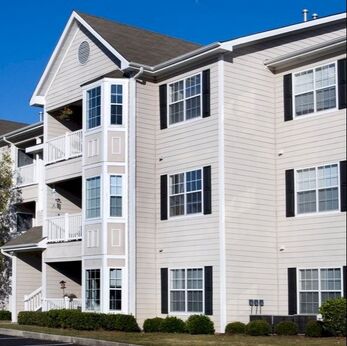Exploring the Benefits and Obstacles of Implementing Mass Online Solutions in Multi-Dwelling Buildings
Wiki Article
Establishing mass online solutions in multi-dwelling complexes can offer numerous advantages for both owners and residents. Collective internet solutions refer to rapid internet access that are offered to all dwellings within a building at a set rate. This strategy can improve the total living quality for tenants by guaranteeing that all has availability of reliable online service. With the rising dependence on the web for work, learning, and entertainment, having a steady connection is essential. Property managers can also gain from offering these solutions, as it can make their buildings more attractive to future tenants.

One of the key benefits of collective online services is cost reductions. When online service is provided in bulk, property managers can negotiate improved prices with online connectivity providers. This can lead to reduced expenses for tenants compared to personal subscriptions. Additionally, residents do not have to concern themselves with installing their own internet service, which can be a tedious task. Instead, they can have prompt availability of high-speed internet upon relocating. This ease can be a major selling point for potential tenants, making the building more desirable in the rental market.
Another benefit of bulk internet solutions is better access. In many situations, individual internet connections can result in reduced speeds and unreliable connectivity, especially in more extensive buildings where multiple residents are connected at the same time. Bulk services typically offer higher capacity, which means Extra resources that every residents can enjoy fast and stable online connectivity. This is notably vital for families with multiple gadgets or for people who work from home. A reliable internet connection can improve productivity and overall satisfaction for tenants, turning it a essential feature of multi-dwelling unit properties.
However, establishing collective online solutions also comes with obstacles. One of the primary issues is the first setup cost. Building managers may need to allocate funds for structural upgrades to facilitate rapid online across the property. This can entail putting in place new cabling, routers, and other equipment. While these expenses can be compensated by the long-term savings and increased property worth, they can be a obstacle for some building managers. Additionally, regular support and assistance for the online service must be considered, as tenants will expect reliable connectivity and swift solutions to any problems that occur.
Another challenge is ensuring that the online connectivity meets the different requirements of all tenants. Various tenants may have diverse online usage habits, from casual browsing to intensive viewing or gaming. Property managers must collaborate with online connectivity providers to ensure that the connectivity can satisfy these varied requirements. This may entail offering various tiers of service or extra features, such as wireless internet in common areas. Balancing the requirements of every residents while controlling expenses can be a complicated task, but it is crucial for the success of collective internet solutions in MDU buildings.